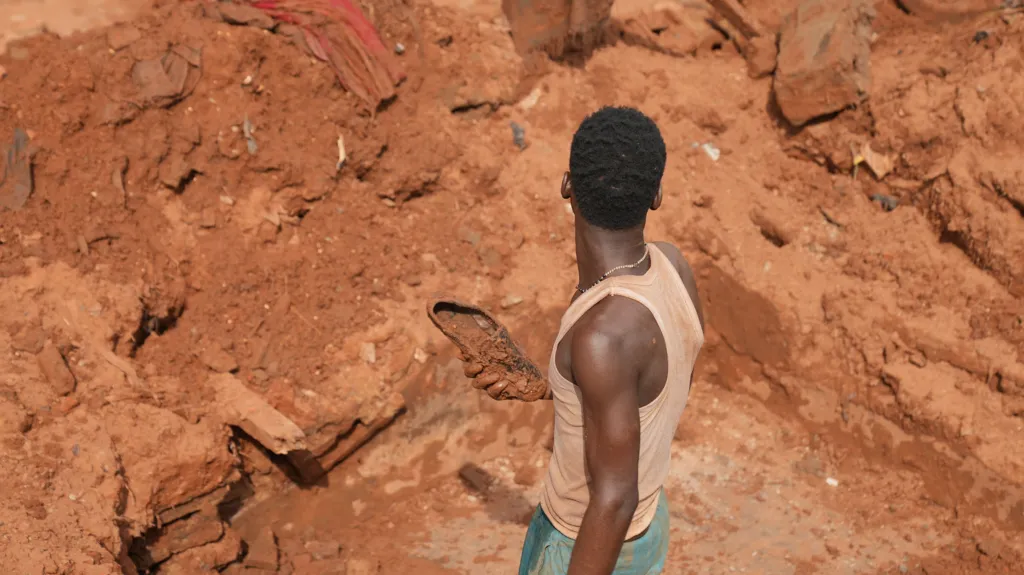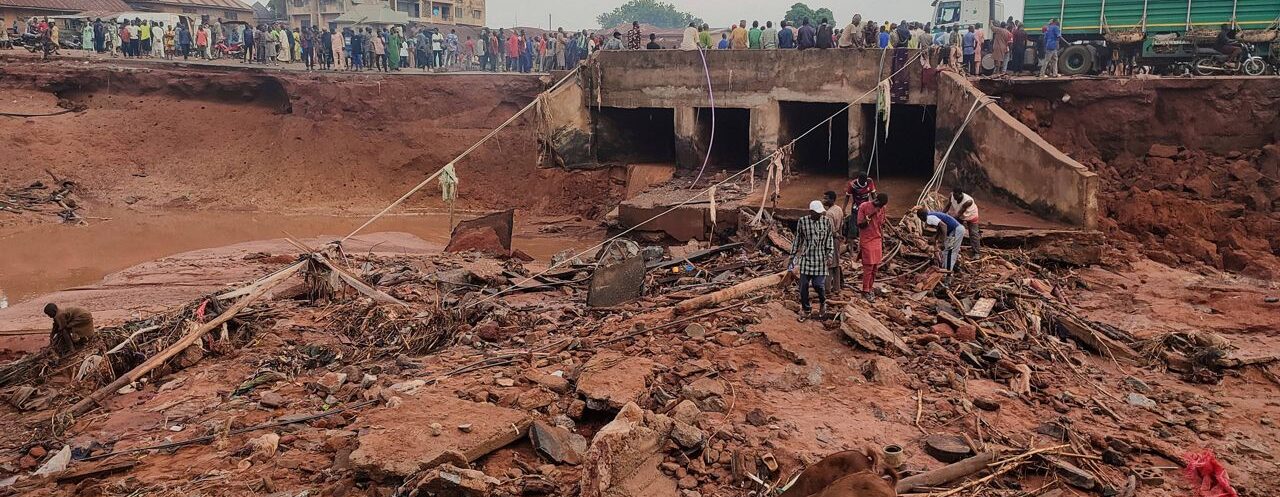In late May 2025, central Nigeria was struck by one of the deadliest natural disasters in its recent history as torrential rains unleashed catastrophic flash floods, particularly devastating the market town of Mokwa in Niger State. While official death tolls have fluctuated as rescue and recovery efforts continue, local authorities and international agencies warn that the true number of victims could be far higher than current estimates, with some reports suggesting that more than 700 people may ultimately be counted among the dead or missing.

The Scale of the Disaster
The flooding began in the early hours of Thursday, May 29, following hours of relentless rain. Within just five hours, floodwaters surged through Mokwa and surrounding communities, submerging homes, markets, and roads. The deluge was so severe that only rooftops remained visible in some areas, and residents were forced to wade through waist-deep water in desperate attempts to salvage belongings and rescue neighbors.

By June 1, local officials confirmed that the death toll in Mokwa alone had reached at least 200, with rescue operations halted as hopes of finding further survivors faded. However, the number of missing remains high, and many bodies are believed to have been swept downstream into the Niger River, making recovery efforts extremely challenging. The Niger State Emergency Management Agency (NSEMA) warned that the toll would likely rise as more victims are found in the coming days.
Humanitarian Crisis and Displacement
The floods have displaced more than 3,000 people, destroying at least 265 homes and damaging over 500 households across three communities. Many families have lost multiple members, with some reporting the deaths of two to five relatives, including children. Survivors recount harrowing tales of loss and desperation. “We lost everything, our families. We have nowhere else to go; everything is gone,” said Mohammed Tanko, a local resident.
The destruction of infrastructure has compounded the crisis. A crucial bridge connecting northern and southwestern Nigeria collapsed, leaving drivers stranded and cutting off vital supply routes. Relief agencies, including the National Emergency Management Agency (NEMA), have distributed food, tents, and drinking water, but the needs far exceed available resources.
Causes and Context
Nigeria’s rainy season, which typically runs from April to October, has only just begun, raising fears of further flooding in the weeks ahead. Experts point to a combination of climate change—leading to more intense and erratic rainfall—and inadequate flood prevention measures as key factors behind the disaster. The region has a history of deadly floods, with a similar catastrophe in 2022 killing over 600 people and displacing more than a million.
Mokwa, a vital agricultural and trading hub, is particularly vulnerable due to its proximity to the River Niger. The town’s strategic location, serving as a conduit between northern farmers and southern traders, means that the economic impact of the floods will likely be felt nationwide.
Government and Community Response
President Bola Tinubu has expressed deep concern over the tragedy, ordering all relevant emergency and security agencies to intensify search and rescue operations and pledging immediate relief support. However, local leaders and residents have called for more substantial and long-term assistance, emphasizing the need for improved flood management infrastructure and better early warning systems.
District Head Muhammad Shaba Aliyu, reflecting on the scale of the disaster, noted, “It has been 60 years since the community faced such devastating flooding. I urge the government to assist us“.
Looking Ahead
As search and recovery efforts continue, the true human cost of the floods may not be known for weeks. With the rainy season still in its early stages and thousands left homeless, the risk of disease outbreaks and further displacement looms large. The tragedy in Mokwa is a stark reminder of the urgent need for climate adaptation, disaster preparedness, and resilient infrastructure in Nigeria and across West Africa.
While the confirmed death toll stands at over 200, the number of missing and the scale of destruction suggest that the final tally could be much higher—potentially surpassing 700—making this one of Nigeria’s most devastating natural disasters in recent memory

